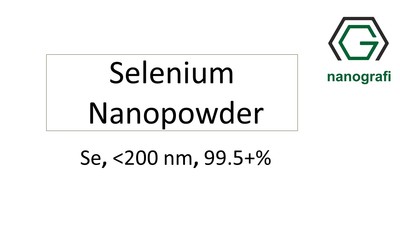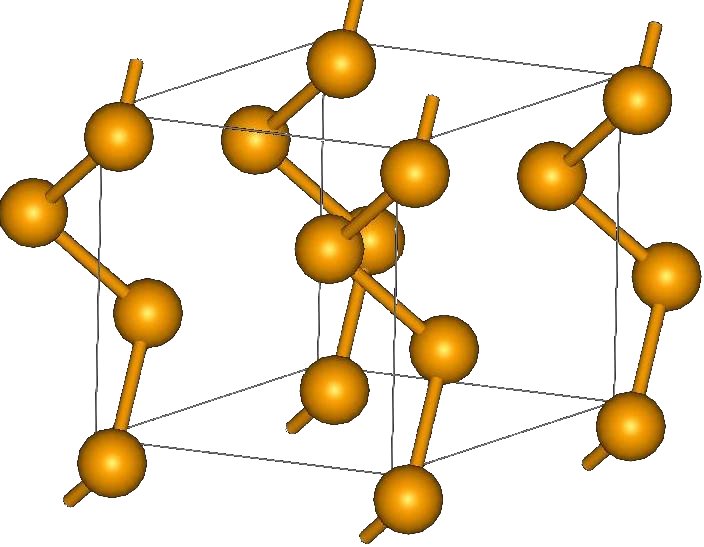Selenium Nanoparticles/Nanopowder and Applications of Selenium Nanopowders/Nanoparticle
General Information about Selenium

Selenium is a chemical element with symbol Se and atomic number 34. It is a nonmetal with properties that are intermediate between the elements above and below in the periodic table, sulfur and tellurium, and also has similarities to arsenic. It rarely occurs in its elemental state or as pure ore compounds in the Earth's crust.
Selenium is found in metal sulfide ores, where it partially replaces the sulfur. Commercially, selenium is produced as a byproduct in the refining of these ores, most often during production.
Applications of Selenium Nanoparticles/Nanopowder

As the selenium nanoparticles/nanopowder have antimicrobial and anti-cancer properties, they can be used as nanomedicines. Selenium Nanoparticles/Nanopowder exhibit less toxicity as compared to their inorganic and organic counterparts. Since Selenium element is a semiconductor, Selenium nanoparticles/nanopowder are used in photocells. Selenium nanoparticles/nanopowder are still used in a few types of DC power surge protectors and one type of fluorescent quantum dot.
You may buy Selenium Nanopowder/Nanoparticle, Se , <200 nm, 99.5+% from the link given below:
Comments
Post a Comment